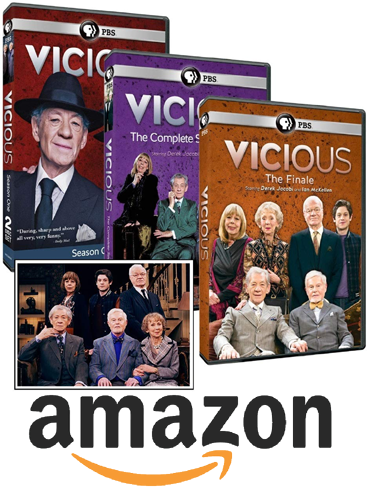Production Design and Locations
| "Cornwall is a very rugged and changing landscape," says
director Beeban Kidron. "It's sunny, it's cold, it storms, it rages. And then there
is the sea. Amy and I share an almost lustful affair with the sea and the elements. It's
English landscape at its most exotic. Since my work has concentrated on urban tales, it
felt like a very wild place. "On a practical level," she continues, "it was cold and tough and wet and we had hurricanes so it was quite difficult to work. In a way, one develops a respect for that which you can't change." Although Conrad's original story is set in the relatively tame county of Kent, Tim Willock's adaptation called for the savage beauty and the dramatic sweep of the Cornish landscape. Production designer Simon Holland was required to find the right backgrounds for a film to be shot almost entirely on location. "Cornwall provided a wealth of wonderful locations, particularly along the Heritage Coast," he recalls. "All of our coastal location are Sights of Special Scientific Interest so they are heavily protected by the English Nature Conservation body. They kept a very close eye on what we were doing." For the house in which Amy and Yanko live after their marriage, Beeban Kidron wanted a very dramatic setting. After a long fruitless search, it was decided that Holland and his crew would build a cottage on the edge of a high, windswept sea cliff. "We didn't think we'd be able to do it at first," admits Holland. "We thought it would blow away in the first gale. But we were able to fix it into position by drilling right into the rock itself." So authentic was this set, which was located on Cornwall's famous Coastal Path, that it was mistaken for an actual period dwelling by many curious residents who happened by during filming. The fictitious village of Colebrooke is the result of six weeks of construction in the tiny deserted coastal village of Port Quinn. The production built its own fishing village which included a large church facade, a terrace of houses, a churchyard, a smoke house and inn frontage. "I wanted the film to look very simple," says Beeban Kidron. "I wanted it to have more in common with some of the European films of the sixties and seventies that with recent overstuffed period films." |





